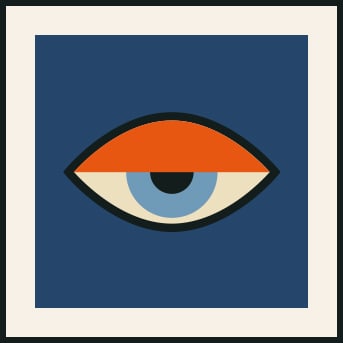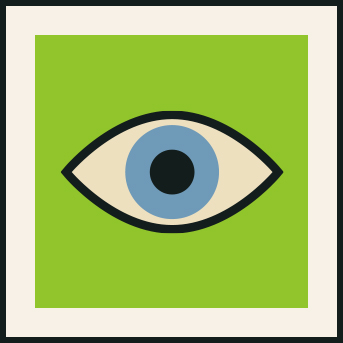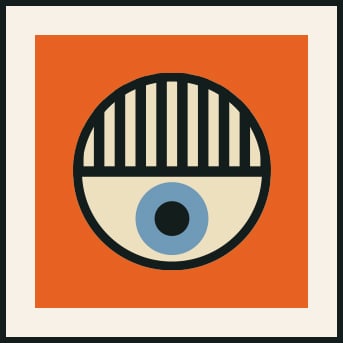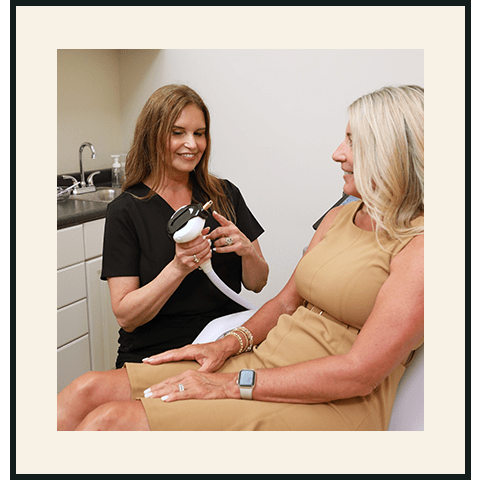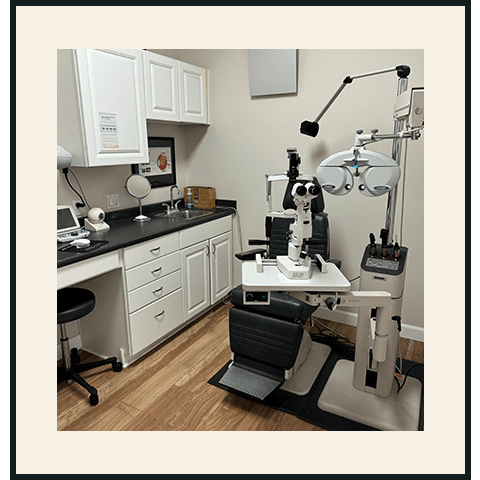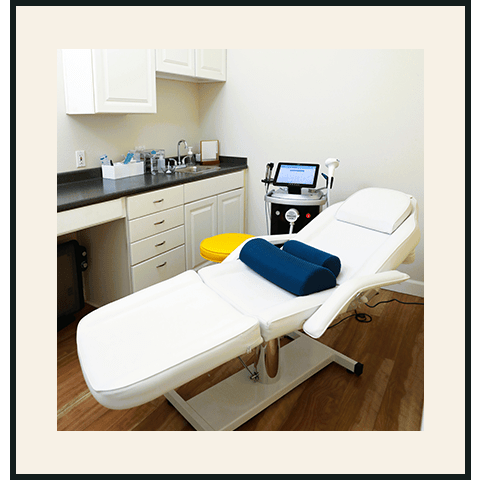Modern Dry Eye Treatments
Dry eye disease is a common condition that can cause stinging, burning, sensations, redness, and several additional uncomfortable symptoms. At Monarch Bay Optometry, our approach to dry eye treatment is based on supporting your comfort with personalized care.
We offer the newest technology in dry eye treatments, such as IPL (intense pulsed light therapy), LLLT (low-level light therapy), and gentle meibomian gland expression, to help address the root causes of your dry eye symptoms. Through a personalized dry eye evaluation, we can diagnose your symptoms and create a tailored treatment plan to help you experience relief.
Don’t let dry eyes disrupt your life any longer—take a step toward relief and schedule your appointment today.
Book AppointmentYour Tears & Dry Eyes Are Connected
An unstable tear film can be a primary cause of dry eyes.
Your tear film covers the surface of your eyes and is essential for preserving eye health. When this film becomes unstable, it can result in irritation, redness, wateriness, blurry vision, and even burning sensations.
By addressing the root causes of tear film instability, we aim to help restore comfort to your eyes and alleviate dry eye symptoms.
Understanding the Types of Dry Eye
Not all cases of dry eye are the same. In fact, there are different types of dry eye that can develop based on your personal eye health and tear film.
Aqueous dry eye typically stems from decreased tear production. Evaporative dry eye often results from increased tear evaporation and is related to a condition called meibomian gland dysfunction (MGD).
With a thorough exam and personal support, we can provide guidance for managing each type of dry eye based on your eye health and lifestyle.
Treating Meibomian Gland Dysfunction (MGD)
MGD is a common cause of dry eyes that develops because of changes to the tiny glands in your eyelids that produce natural oil for your tear film. The oil from those meibomian glands is important for tear stability, and an issue that affects the health of those glands or stops them from producing oil can leave your eyes vulnerable to dry eye symptoms.
By helping clear blockages in your meibomian glands and supporting their ability to function, we can help you experience lasting relief from MGD and dry eyes.
Dry Eye Screenings: How We Uncover the Root Causes of Your Dry Eye
Our comprehensive dry eye screening process is designed to provide us with lots of information about your eyes and your tear film with a few quick, noninvasive tests. This screening is part of every adult eye exam.
Our innovative dry eye diagnostic system includes the following:
- Shows us your meibomian gland health
- Assesses how fast your tears evaporate
- Checks your tear meniscus height, which tells us about the quantity & quality of your tears
- Records your blinking habits
- Captures images of your eyes’ surfaces and the eyelid margin
- Automatically assesses any redness in your eyes that could be dry eye-related
All of that testing, plus your health history and more, helps us determine what’s underlying your dry eye symptoms so we can create a custom solution plan for you. This testing also allows us to establish an objective baseline to track how your treatment plan is working so we can make adjustments as needed.
When you visit us for your eye exam, we’re happy to guide you through the tests we provide, taking the time to answer your questions and support your understanding of dry eye disease throughout the screening process.
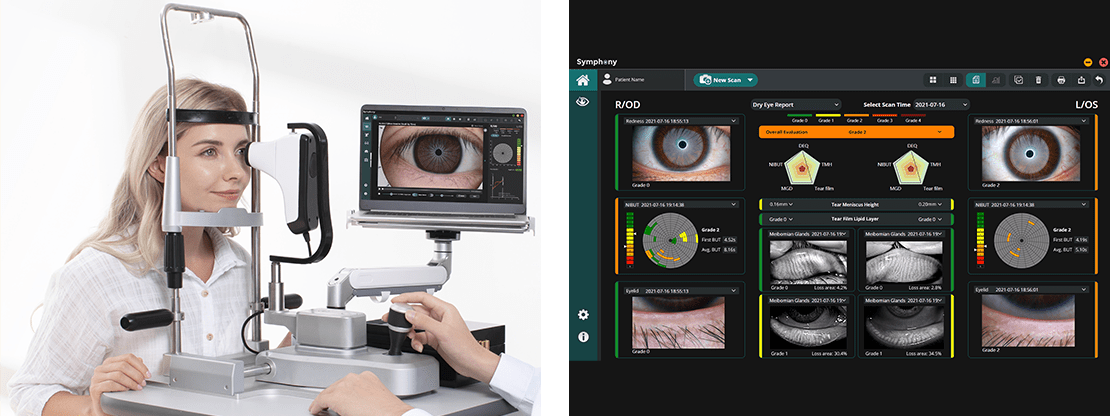
Our Gentle Approach to Dry Eye Treatment
We can provide several treatments to help alleviate the discomfort caused by dry eyes. Our solutions include simple lifestyle adjustments, eye drops, and modern in-office treatments.
After examining your eyes, our team will discuss your lifestyle to create a tailored treatment plan. Our goal is to help you experience long-term relief with treatments that can soothe your eyes and enhance your comfort.
We’ll work with you to find the right approach for managing your symptoms based on your lifestyle.
IPL Therapy
Intense pulsed light therapy (IPL) can address the underlying factors of dry eyes, such as inflammation and meibomian gland dysfunction, by delivering gentle pulses of light energy around the eyes.
The heat from IPL treatments can melt and release oils trapped in your meibomian glands, helping enhance oil production and tear film quality for lasting relief.
Low-Light Level Therapy (LLLT)
Low-level light therapy (LLLT) may be another option we suggest that can address MGD and help you experience dry eye relief.
During the session, you will wear a mask that uses red and near-infrared light to help reduce inflammation near your eyes. LLLT may also help improve meibomian gland function with repeated treatments, helping you experience long-term comfort.
LLLT can be even more effective when combined with IPL.
Radiofrequency (RF)
We provide radiofrequency (RF) treatments as a solution for patients dealing with chronic dry eye. This non-invasive procedure targets the underlying cause of dry eye by addressing the dysfunction of the meibomian glands—small glands in the eyelids that produce the oil layer of your tears.
When these glands become blocked or impaired, your tears evaporate too quickly, leading to dryness and irritation. RF treatment uses low-frequency radio waves to gently heat the tissues around the eyes, particularly the lower eyelids.
This thermal energy helps stimulate collagen production, unblock the meibomian glands, and improve blood flow to encourage better gland function.
Eyelid Rejuvenation
This quick, in-office procedure gently stimulates and rejuvenates the meibomian glands, which are responsible for the oil (lipid) layer of healthy tears. It’s designed to give you relief from dry, red, itchy, or swollen dry eyes.
Studies have shown that lipid deficiency is the leading cause of dry eye disease in over 85% of cases.
Through gentle massaging, the biofilm and debris are removed, contributing to healthier, more-comfortable eyelids.
This procedure can improve symptoms of dry eye disease, blepharitis, demodex, and meibomian gland dysfunction.
Meibomian Gland Expression
Meibomian gland expression involves gently massaging your eyelids to help release oils trapped in your meibomian glands. This form of dry eye care can be provided alongside other treatments and on its own.
Medicated Eye Drops
As part of your dry eye treatment plan, we may recommend medicated eye drops that can help control and reduce inflammation around your eyes. These drops can be used at home, and we can provide guidance on how to use them properly when you visit us for dry eye treatment.
Amniotic Membranes
Amniotic membranes are made of natural tissues and can help heal the eyes. When placed over your eyes, they can create a protective barrier, helping reduce inflammation and ease discomfort from dry eye symptoms.
Your Path to Relief Can Start Here
Don’t let dry eyes ruin your day again. You deserve comfortable vision. With a personal dry eye screening, we can help you take the first steps toward relief.
Schedule an appointment to get started today.
Book Appointment
Why Monarch Bay Optometry?

A Personalized Experience
We prioritize your well-being with extended appointments. Our goal is to provide a thorough and unrushed examination.

Fashion &
Function
Welcome to an elegant eye care & eyewear experience. We proudly showcase local art alongside our frames in our optical boutique.

Dedicated
Care
Our experienced doctors provide comprehensive eye care for your whole family. Our dedicated team goes above and beyond.
We Can’t Wait to See You
Where to park?
We are located in Monarch Bay Plaza, which has plenty of parking. We look forward to welcoming you!
Our Address
- 32932 Pacific Coast Highway, Suite 13
- Dana Point, CA 92629
Contact Information
- Phone: 949-487-3937
- Fax: 949-487-3913
- Email: [email protected]
Our Hours
- Monday: 9:00 AM – 6:00 PM
- Tuesday: 10:00 AM – 7:00 PM
- Wednesday: 10:00 AM – 6:00 PM
- Thursday: 10:00 AM – 7:00 PM
- Friday: 9:00 AM – 6:00 PM
- Saturday: 9:30 AM – 2:00 PM
- Sunday: Closed

Our Brands

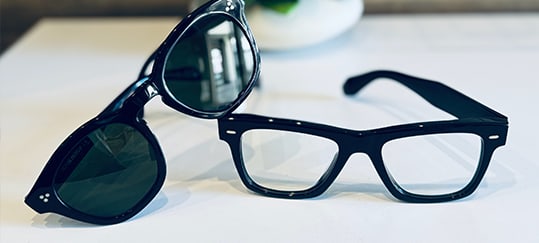

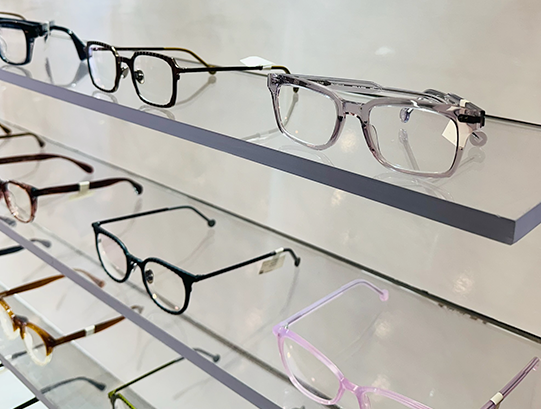





Our Google Reviews
“I just had my first visit here with Doctor Kobayashi. I am happy to say that the great reviews are deserved. I have found my new eye doctor. She was thorough in testing and evaluating, straightforward, and very personable. I look forward to trusting her with my vision.”
Frank P.
“Both my husband and I received great service from Dr. Lin and Dr. Kris. Professional advice, patience with our questions and very friendly.”
Dianne A.
“Today I had Dr. Kris Kobayashi for the first time and I was very impressed! Knowledgeable of course but also answered questions I didn’t know I had. Personable and funny too. I came away thinking about optometry school. At my age!! Ten thumbs up!”
Kendall C.
“Both doctors are extremely kind, knowledgeable, and attentive. I always feel very welcomed and well taken care of, highly recommend it to anyone. The office is very comfortable and has very warm and friendly office staff. Very grateful for Monarch Bay Optometry!”
Nancy M.
“By far, the most painful injury I have ever received was at the hands of my two-year-old daughter. While picking her up from preschool the tiny little nail on her tiny little index finger poked me directly in the eye while running to hug me. At the time it hurt, but it wasn’t much more painful than what you would normally expect from getting poked in the eye. What I didn’t understand at the time was that she had given me a corneal abrasion and things were about to get worse, a lot worse. That night, I tossed and turned as my eye continued to get worse. Every blink I took further tore at my cornea and aggravated this abrasion.
I woke in the morning and literally could not open either eye from the pain I was in. It was so painful that I was crawling around the house on all four fumbling for things with my hands. I thought I would have to go to the hospital’s emergency room. Luckily for me, my wife was a long-time client of Kris’. She phoned Kris and explained the situation. Despite not being at work, Kris didn’t hesitate to volunteer to see me and even arranged to see me at a friend’s optometry office next to my house knowing it would be difficult for me to travel to the Marina Del Rey or Dana Point offices in my current condition.
The immediate relief as Kris applied medical contact to my eye after assessing the damage was overwhelming. I would have cried except that my eyes were already streaming from the injury. Kris gave me an entire plethora of care, advice, and information to go along with the contact and medication. She informed me that toddlers commonly cause their parent’s eye abrasions. The hospital, where I think most regular people on their day off would have sent me, would have simply put some lubricant on my eye, given me an eyepatch, and prescribed antibiotics. Instead of spending a week in pain with half my vision, I was given immediate relief and the full use of both eyes.
You might think this level of care cost me an arm and a leg but no, Kris charged me for a regular eye exam visit and the normal cost for the contact while prescribing me a prescription with a follow-up visit later that week. All of which was mostly covered by my vision insurance anyways.
Truly, I will always be grateful for this response and while I hopefully won’t be seeing Kris again for an eye abrasion I can’t recommend her and her business enough to both my family and friends for her professionalism, courtesy, and obvious care for her clients well being.”

